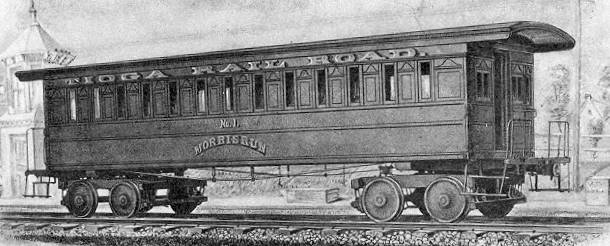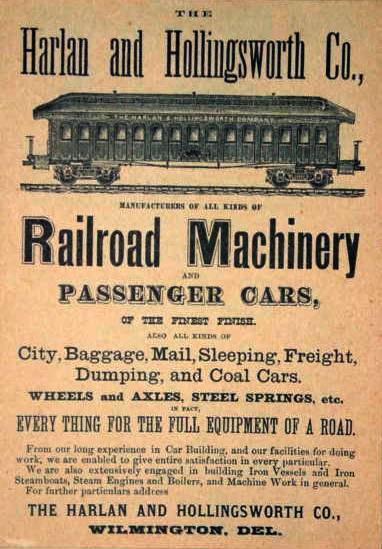Harlan & Hollingsworth - Page 3
By 1889 the Harlan & Hollingsworth Company employed 1,500 workers, paid $1,000,000 in wages, and had 50 buildings occupying 43 acres. By the end of the 1800s, Harlan & Hollingsworth was Wilmington’s largest employer as well as one of the country’s leading shipbuilders. In 1899, Henry G. Morse, president of the Harlan & Hollingsworth Company, resigned to establish his own shipyard -- New York Shipbuilding Corp. -- farther up the Delaware river at Camden, New Jersey. In the late 1890s, Wilmington began to experience a gradual decline in many of its established industrial firms. Succumbing to the "merger and acquisition mania" sweeping through America, several industries in Wilmington were either merged or acquired by other companies. Among these was the Harlan & Hollingsworth Company, which was taken over by the Bethlehem Steel Company.
Bethlehemethlehem Steel, Harlan Plant?
|
|
“The Bethlehem Shipbuilding Company acquired the Harlan & Hollingsworth property in 1904. Renaming it the Harlan Plant, Bethlehem began a two-year modernization of the facilities, increased ship construction, and introduced steel railcar construction.” |
And there are several other references to the Harlan Plant of Bethlehem Steel on the internet.
Yet the Bethlehem, PA website reprints an historical sketch of the Bethlehem Steel Company that first appeared in the Souvenir History Book of The Borough of South Bethlehem, Pennsylvania, issued in connection with the semi-centennial celebration Oct. 3-9, 1915, that says
|
“The
Bethlehem Steel Corporation now embraces the following plants, and their full
operation employs about 30,000 men: |
And we find several other mentions of the Harlan & Hollingsworth Corporation dated as early as 1908.
Both Bethlehem Shipbuilding Corporation Ltd. and United States Shipbuilding Company are listed as “holdings” of the Bethlehem Steel Corporation as of 1920, but though there is mention that “subsidiaries of the company operate ... shipbuilding plants ... at ... Wilmington, DE,” there is no mention of either a Harlan Plant or a Harlan & Hollingsworth Corporation. Perhaps this indicates that Harlan & Hollingsworth was actually a subsidiary of either Bethlehem Shipbuilding or United States Shipbuilding rather than directly of Bethlehem Steel.
* * *
In 1906, Harlan & Hollingsworth produced 43,016 tons of shipping, compared to 15,617 for Jackson & Sharp and 48,671 for Pusey & Jones, the other Wilmington manufacturers of iron and steel shipping.
The 1st World War returned Wilmington to prosperity as munitions works, ship builders, and foundries went into action. Harlan & Hollingsworth built 70 ships during the 1st World War and continued to manufacture ships until 1926, when the glut of vessels constructed during the 1st World War finally made such efforts economically unfeasible. The shipyard reopened in 1942 and built 400 landing craft during the 2nd World War. The Dravo Corporation, a Pittsburgh-based barge and crane manufacturer, acquired part of the shipyard and built barges and small ships until 1964.
But railroad car production continued apace, building a great many cars during the early 1920s, and continued until 1940, though parts were manufactured until 1944.

